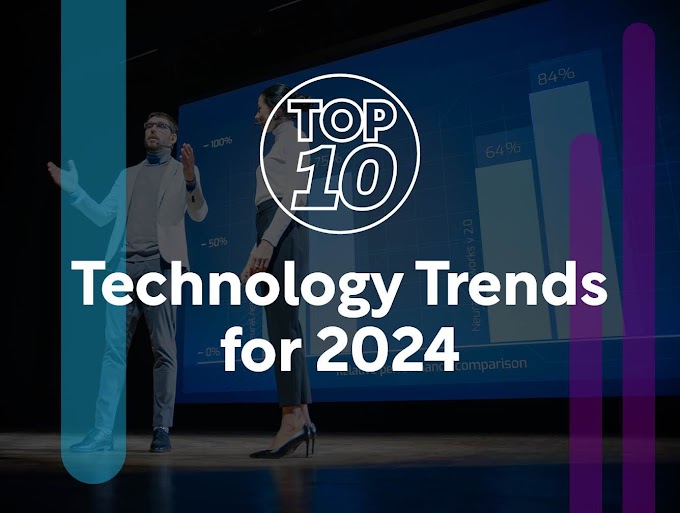The Internet of Things (IoT) in Engineering is embedded with sensors, software, and other technologies for the purpose of connecting and exchanging data with other devices and systems over the internet together constitutes the Internet of Things (IoT). These physical objects range from ordinary household items to industrial tools. IoT software engineering deals with data collected via sensors and processes it to make sense for real-world applications with intuitive UI and visual representation.

Advantages of IoT:
The Internet of Things (IoT) in engineering has emerged as a new technology in which the active integration of devices using the internet holds the key. The following are some of the benefits of IoT:
● Time-saving: Making the right decision depends on the data. A better decision can be made with more information. The ability to know what to bring from the confectionery shop without having to check on your own saves time and makes life easier.
● Ease of life: It is possible for computers to gather information about the expiration date of products through embedded sensors on different products before they are consumed. As a result, the quality of life is improved.
● Cost-effective: Money is the new god. Monitoring and maintaining supplies could be replaced by technology.
● Improved Device Communication: The Internet of Things (IoT) is a network of physical devices that are linked and interact with one another. As a result, device-to-device communication improves.
The Internet of Things
necessitates a massive exchange of data.
Developers and IT teams must consider data security and take continuous steps to improve it. Multiple device connections to a network expose them to potential security threats. All IoT software development revolves around the communication channel.To avoid problems, developers must adhere to strict protocols and established schemas. It is a concept that connects real-world objects to the virtual world and allows them to interact actively. IoT holds the potential to transform and revolutionise all engineering fields, making people's lives easier.
It facilitates monitoring, evaluation, recording, taking informed decisions, and governance for the user. It enhances efficiency, reduces operational and labour costs, and saves time. But there is a need of exploring the field to a new high. As in the case of the biomedical field, there is a lot of scope for taking the IoT to a new level. The biomedical field is one of the crucial areas where one needs to introduce the IoT as soon as possible so that effective and timely care can be provided to patients. Integration of devices using the internet will surely improve efficiency, but there will be associated challenges with it such as the security of data stored in the cloud or the data moving to and from an infinite number of times across the internet.If you enjoyed this blog, then share it with your friends. To know more, follow the below links:
Facebook - https://www.facebook.com/AVCOEngg
Instagram - https://instagram.com/avcoeofficial?igshid=YmMyMTA2M2Y=
Twitter - https://twitter.com/AmrutvahiniE



0 Comments